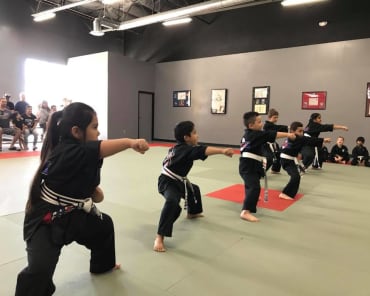
"Cracking the Code: Understanding the Rodtang vs. Superlek Fight Controversy" The world of Muay Thai witnessed an intense battle recently between two renowned fighters, Rodtang Jitmuangnon and Superlek Kiatmoo9. While the fight was exhilarating, it left many fans and pundits scratching their heads in confusion when it came to the scoring. What causes this perplexity? Let's delve into the intricacies of Thai scoring versus Western perceptions and explore the concepts Damage, Dominance, and Disruption. Thai Scoring vs. Western Perceptions: By no means am I a “expert” at Thai scoring. However…. With that said, I have had more experience than some who are watching as “fans” of the sport of Muay Thai through my many travels and training in Thailand 🇹🇭. To understand why there is often confusion in Muay Thai scoring, we need to bridge the gap between traditional Thai scoring and how Western audiences perceive the sport. In Thailand, Muay Thai is not solely about landing the most strikes or “ volume and aggression.”Instead, it's a holistic approach that emphasizes the art's cultural roots and values. Thai judges assess a fighter's overall performance, considering elements like technique, composure, and control. The major factors in how Muay Thai is scored: Damage, Dominance, and Disruption: * Damage: In Thai scoring, causing significant damage to your opponent is paramount. This includes clean, powerful strikes that visibly affect your opponent, like a well-timed elbow or a powerful knee to the midsection. Blood or visible injuries are often taken into account, signifying successful damage inflicted. * Dominance: Dominance in the ring refers to asserting control over your opponent. This can be achieved through superior clinch work, effective defense, or controlling the pace and position of the fight. It's not just about landing strikes but maintaining command throughout the rounds. * Disruption: Disruption is perhaps the most misunderstood element by Western viewers. In Thai scoring, disrupting your opponent's rhythm and game plan is highly valued. This can be achieved through sweeps, throws, or unbalancing techniques that interrupt your opponent's flow. Even successfully defending against an opponent's attacks can disrupt their strategy. Cause and Effect: The confusion arises when Western viewers, conditioned to traditional boxing or MMA scoring, expect fighters to focus primarily on landing strikes and knockdowns. In contrast, Thai fighters often prioritize control, composure, and technique over sheer aggression. When a fighter employs tactics that disrupt their opponent's game plan or displays dominance and composure, it may not align with Western expectations of aggression leading to immediate success. Conclusion: The Rodtang vs. Superlek fight controversy highlights the need for fans and enthusiasts to understand the nuances of Muay Thai scoring in Thailand. The three D's—Damage, Dominance, and Disruption—are key elements that Thai judges consider when awarding points. Recognizing the importance of control, composure, and technique can help bridge the gap between Western perceptions and traditional Thai scoring. In the end, Muay Thai is a dynamic and multifaceted sport that goes beyond raw aggression. By appreciating the cultural and technical aspects that make it unique, fans can better comprehend and enjoy the intricacies of this ancient martial art.





